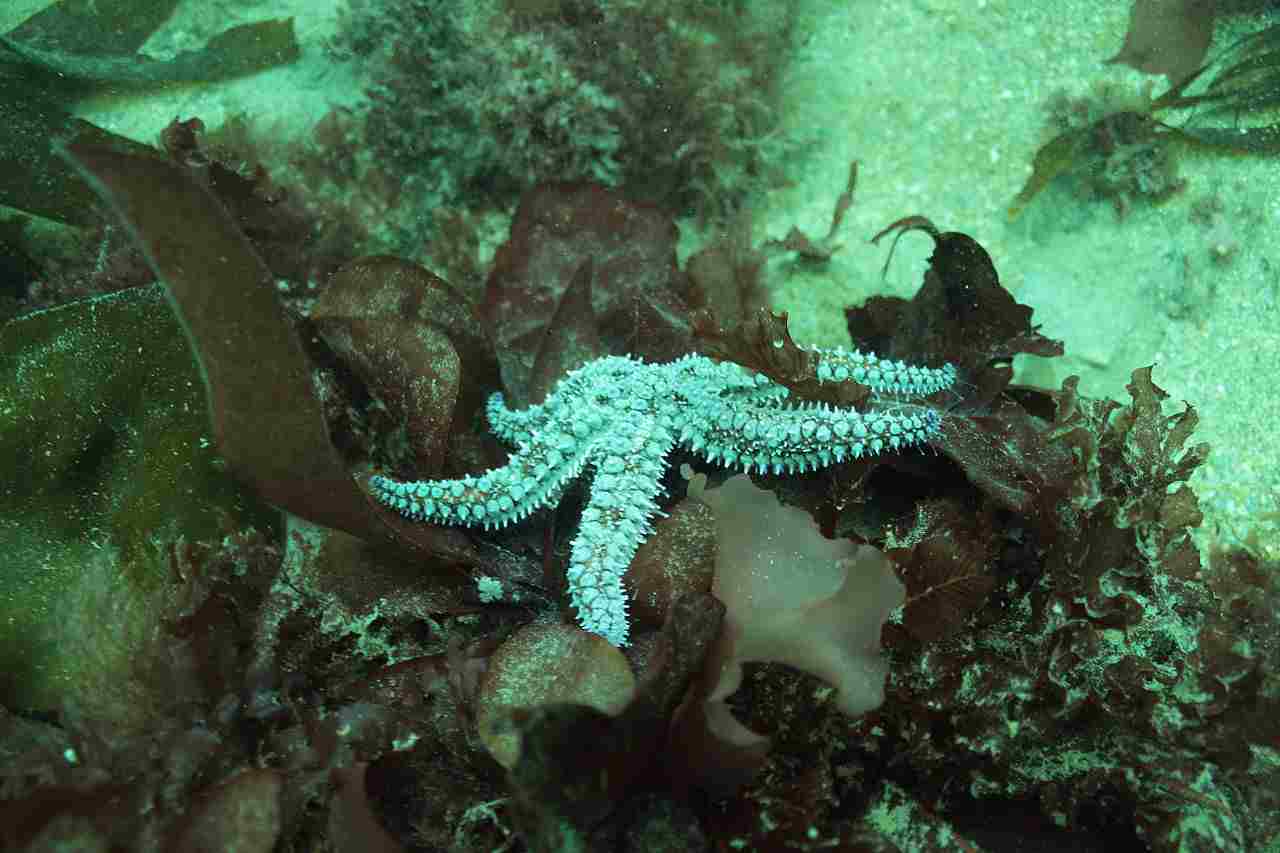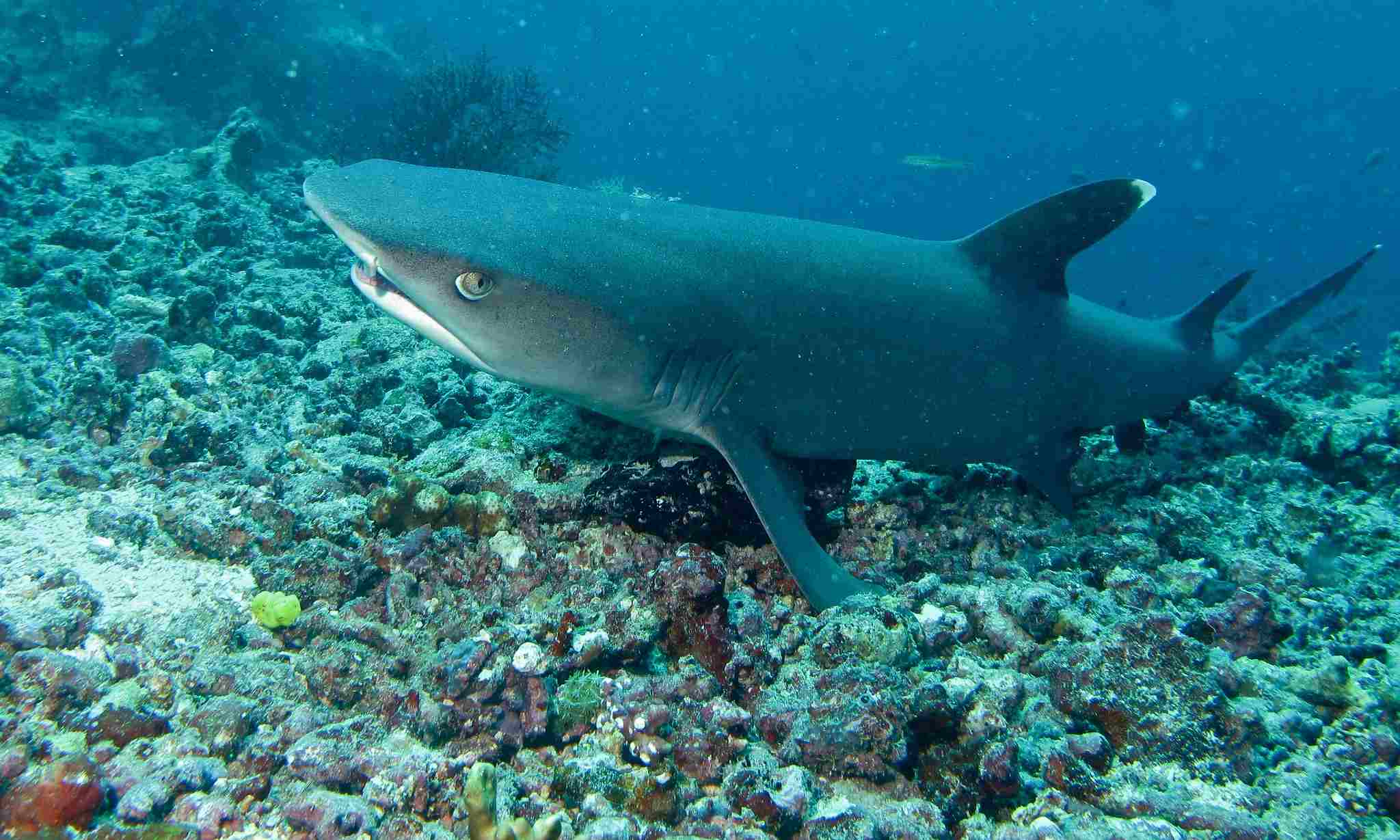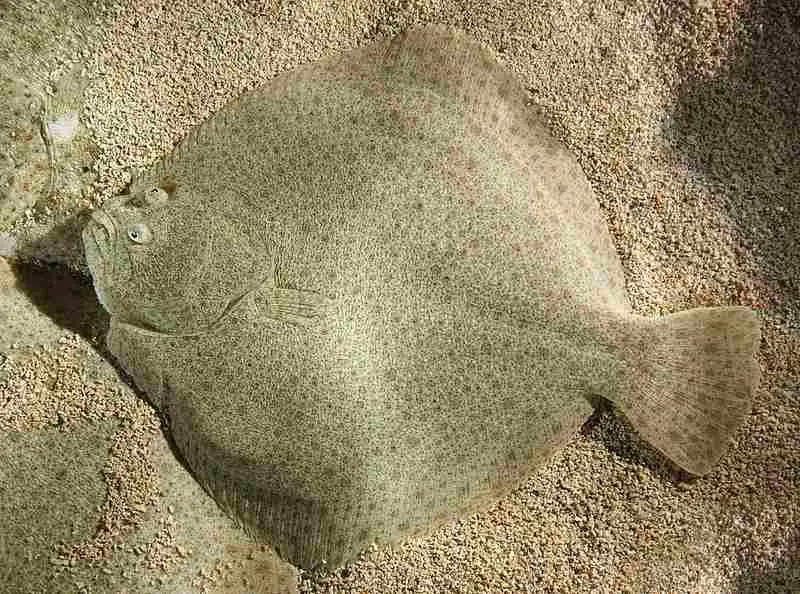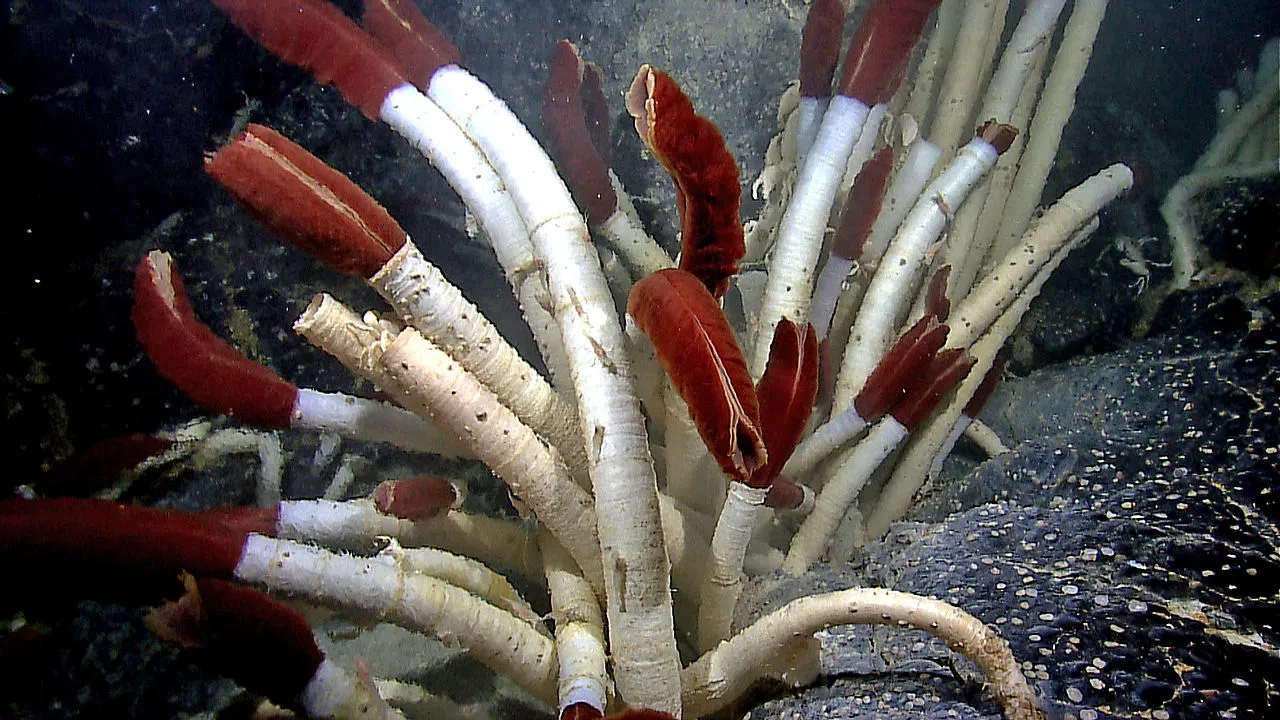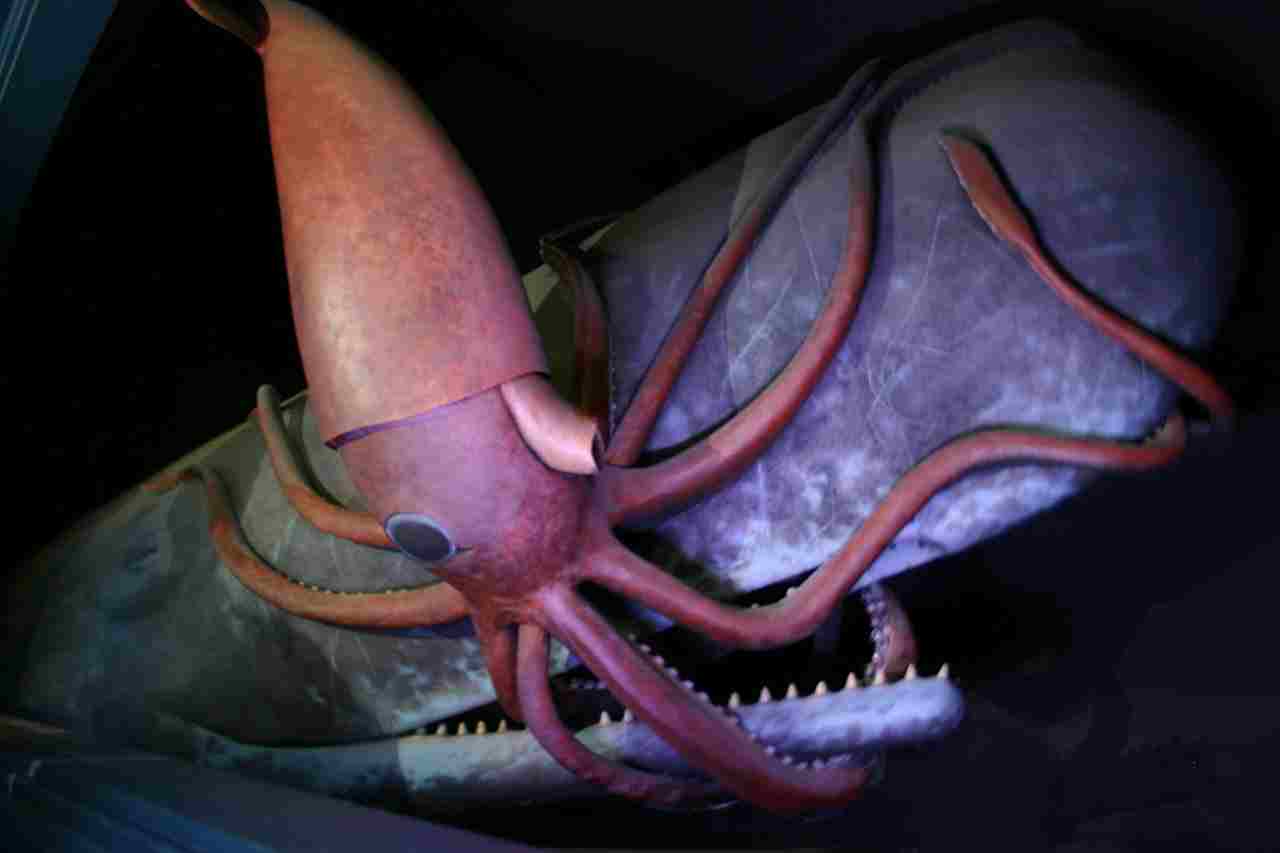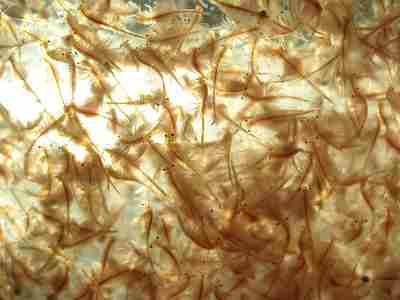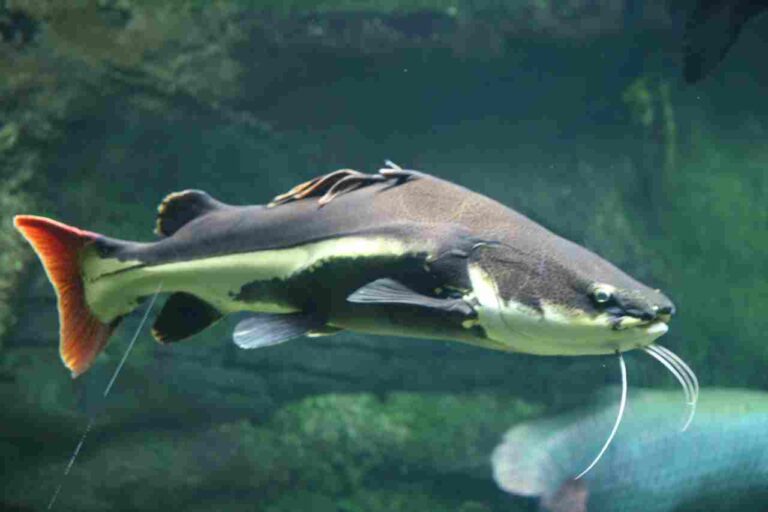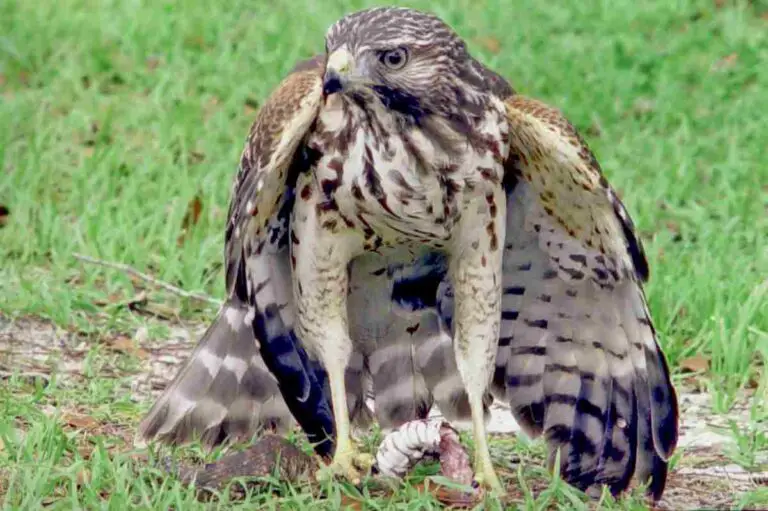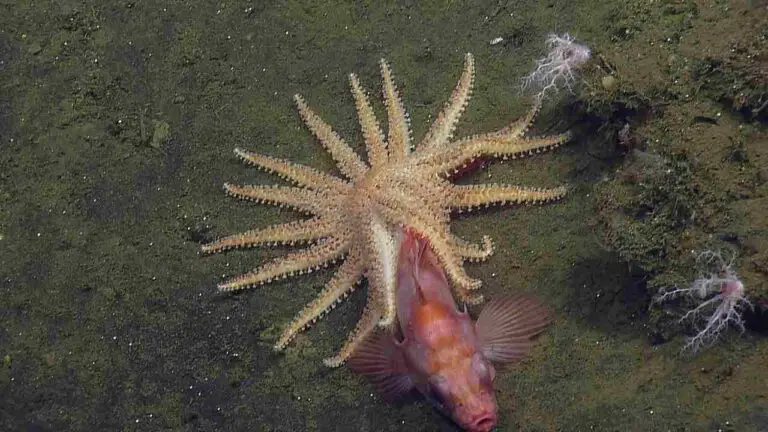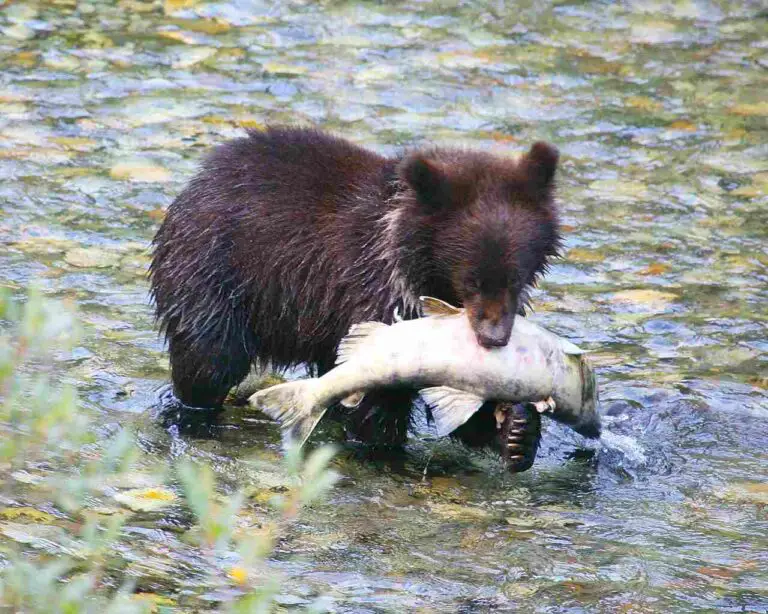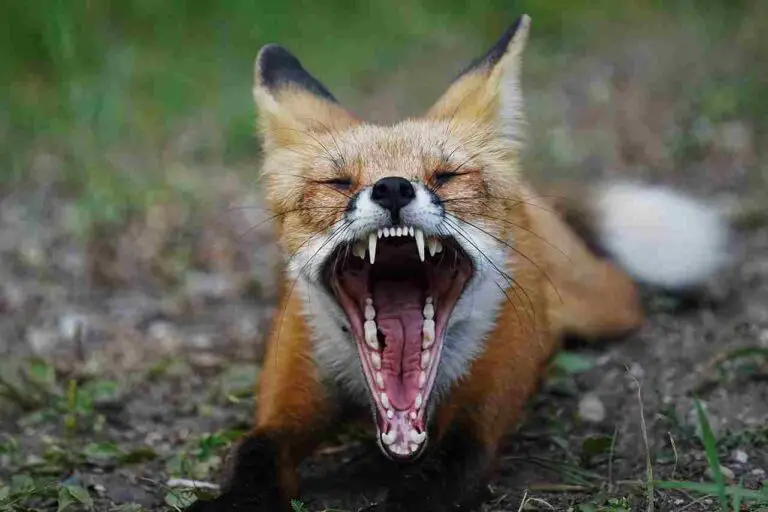How Do Most Starfish Get Their Food? Foraging Habits of Starfish Revealed
Most starfish get their food by foraging in benthic zones across the sea floor. They are well-adapted to this habitat and have developed unique feeding strategies to capture their prey. Starfish primarily feed on other slow-moving benthic and intertidal fauna, such as mollusks, crustaceans, and small fish.
One of the main foraging techniques used by starfish is prey capture. They have specialized tube feet and a central mouth located on the underside of their body, which they use to grasp and consume their prey. Starfish also have the ability to evert their stomachs, allowing them to engulf and digest their prey externally. This process, known as stomach ejection, enables starfish to feed on larger prey that cannot fit into their mouths.
In addition to prey capture and stomach ejection, starfish also employ other feeding strategies. Prey encirclement is another technique used by starfish, where they use their arms to surround and immobilize their prey. Once the prey is immobilized, starfish can then use their tube feet to pry open shells or tear apart their prey.
Steps By Which Starfish Find Their Food
1). Benthic Foraging
Benthic foraging is a crucial part of the process by which starfish find their food. This foraging behavior involves searching for prey on the ocean floor, specifically in the benthic zone. The benthic zone is the lowest level of a body of water, where the water meets the sediment or substrate.
Starfish use their tube feet and sensory organs to navigate the benthic zone in search of food. They have a remarkable ability to detect the presence of potential prey, such as mollusks, crustaceans, and other small invertebrates. Once a starfish locates its prey, it uses its tube feet to slowly and methodically approach the target.
When the starfish is within striking distance, it extends its stomach out of its mouth and engulfs the prey. This unique feeding mechanism allows the starfish to consume prey that may be larger than its mouth. The stomach then secretes digestive enzymes, which break down the prey’s tissues into a soupy mixture that can be absorbed by the starfish.
Benthic foraging is an essential feeding strategy for starfish, as it allows them to exploit the rich biodiversity found in the benthic zone. By targeting specific prey items in this habitat, starfish can obtain the nutrients they need to survive and thrive.
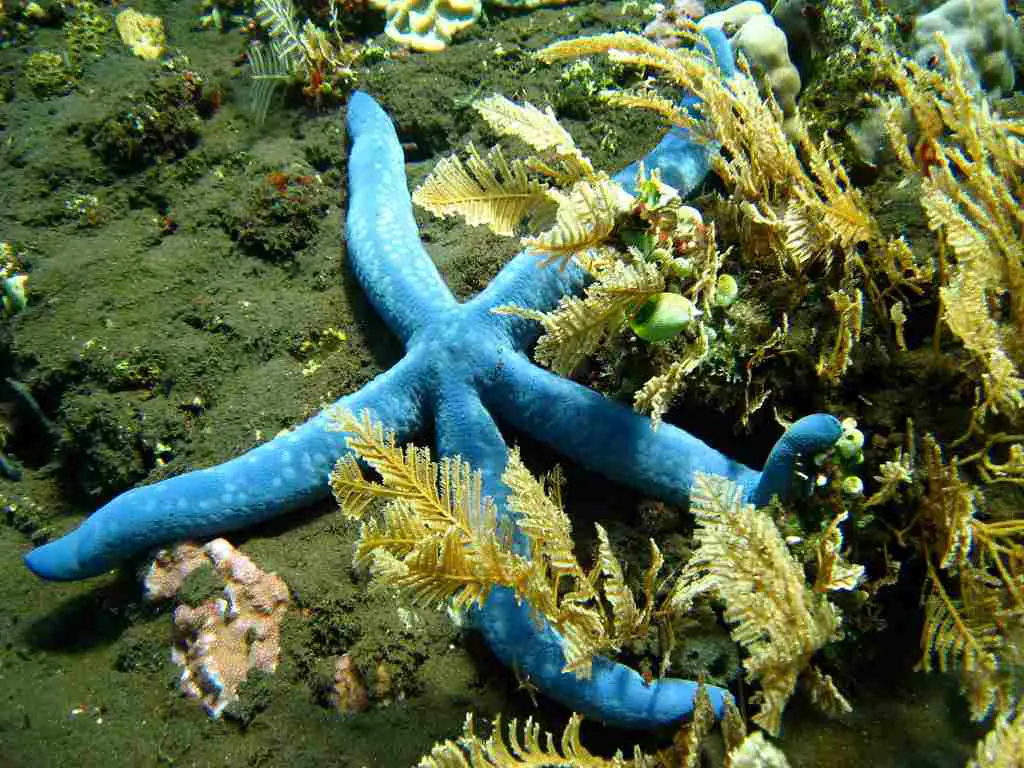
2). Prey Capture
Prey capture is a crucial step in the process by which starfish find their food. It is an intricate and fascinating behavior that allows starfish to secure their prey effectively. By employing their unique adaptations, starfish are able to capture a variety of prey items in their natural habitat.
One key adaptation that aids in prey capture is the presence of tube feet. These specialized structures, located on the underside of the starfish’s arms, play a vital role in detecting and capturing prey. The tube feet are equipped with sensory cells that can detect chemical signals released by potential prey, enabling the starfish to locate its target.
Once a starfish detects the presence of prey, it begins its approach. Using its tube feet, the starfish slowly and methodically moves towards the prey, ensuring a precise and calculated capture. This slow movement is essential to avoid startling the prey and to increase the chances of a successful capture.
As the starfish gets closer to its prey, it extends its arms and prepares for the final strike. With a sudden and swift movement, the starfish wraps its arms around the prey, immobilizing it. This action is facilitated by the presence of tiny suction cups on the underside of the starfish’s arms, which provide a strong grip on the prey.
Once the prey is captured, the starfish proceeds to the next step in its feeding process, which involves the ejection of its stomach. This unique adaptation allows the starfish to engulf and digest prey items that may be larger than its mouth. By extending its stomach out of its mouth and enveloping the prey, the starfish can begin the process of external digestion.
3). Stomach Ejection
Stomach ejection is a fascinating and essential part of the process by which starfish find their food. This unique adaptation allows starfish to consume prey items that may be larger than their mouths and engage in external digestion.
Once the starfish has successfully captured its prey, it proceeds to the next step: stomach ejection. This process involves the starfish extending its stomach out of its mouth and enveloping the captured prey. By doing so, the starfish creates a temporary external digestive system.
The stomach ejection mechanism is truly remarkable. The starfish’s stomach is highly flexible and can be extended to reach and surround the prey. This allows the starfish to begin the process of external digestion, breaking down the prey’s tissues and extracting nutrients.
During stomach ejection, the starfish releases digestive enzymes into the surrounding environment. These enzymes break down the prey’s tissues into smaller, more manageable pieces. The starfish then absorbs the dissolved nutrients through its stomach lining.
This method of external digestion provides starfish with several advantages. Firstly, it allows them to consume prey items that may be too large to fit into their mouths. This expands their potential food sources and increases their chances of survival.
Secondly, stomach ejection enables starfish to digest their prey externally, minimizing the risk of ingesting harmful or indigestible materials. By breaking down the prey’s tissues outside of their bodies, starfish can selectively absorb the nutrients they need while avoiding potential toxins or hard parts.
4). Prey Encirclement
Prey encirclement is a crucial step in the process by which starfish find their food. This behavior allows starfish to effectively capture and immobilize their prey before proceeding with the next stages of feeding.
When a starfish detects potential prey, it initiates the process of prey encirclement. This involves the starfish using its tube feet to slowly and methodically surround the prey, creating a barrier that prevents escape. The tube feet, equipped with tiny suction cups, provide the starfish with the necessary grip and control to encircle the prey.
The encirclement process requires careful coordination and precise movement. Starfish use their tube feet to gradually close in on the prey, ensuring that no gaps are left for escape. This strategic maneuvering allows the starfish to effectively immobilize the prey, making it easier to capture and consume.
Prey encirclement serves several purposes in the feeding behavior of starfish. Firstly, it helps to prevent the prey from escaping. By surrounding the prey, starfish minimize the chances of their meal slipping away, ensuring a successful capture.
Secondly, prey encirclement allows starfish to exert control over their prey. By creating a barrier around the prey, starfish can manipulate its movements and position it for easier consumption. This control is particularly important when dealing with prey that may have defensive mechanisms or the ability to escape quickly.
Furthermore, prey encirclement enables starfish to conserve energy during the feeding process. By immobilizing the prey, starfish can focus their efforts on capturing and consuming the prey without expending unnecessary energy on chasing or struggling to keep hold of it.
5). External Digestion of Prey
External digestion of prey is a crucial part of the process by which starfish find their food. This unique feeding behavior allows starfish to break down and consume their prey in an efficient and effective manner.
When a starfish has successfully encircled its prey, it begins the process of external digestion. The starfish extends its stomach out of its body and onto the surface of the prey. This external stomach releases digestive enzymes that break down the prey’s tissues, turning them into a liquid form that can be easily absorbed by the starfish.
The external digestion process serves several important purposes for starfish. Firstly, it allows the starfish to access the nutrients contained within the prey’s body. By breaking down the prey’s tissues externally, the starfish can extract the essential nutrients it needs for survival.
Secondly, external digestion helps to overcome the starfish’s lack of a traditional mouth. Unlike many other organisms, starfish do not have a mouth through which they can consume their prey. Instead, they rely on this unique method of external digestion to extract and consume their food.
Furthermore, external digestion enables starfish to feed on prey that may be larger or more difficult to consume whole. By breaking down the prey’s tissues externally, the starfish can access and consume a wider range of prey items, expanding their food options and increasing their chances of survival.
Are Sea Stars Omnivores?
Sea stars, also known as starfish, are fascinating creatures with unique feeding habits. While they are not considered omnivores, they do have specific dietary preferences and feeding behaviors that distinguish them from other marine animals.
Sea stars are primarily carnivorous and are known to be obligate carnivores. This means that they rely heavily on consuming biomass from other marine animals to meet their nutritional needs. Their diet mainly consists of slow-moving animals such as mollusks and other echinoderms. These include creatures like clams, oysters, snails, and even other starfish. Sea stars have specialized feeding structures, such as their tube feet and powerful suction-cup-like structures called pedicellariae, which help them capture and consume their prey.
While sea stars primarily feed on other animals, they may also exhibit opportunistic feeding behavior. In certain situations, when their preferred prey is scarce, sea stars may resort to feeding on other available food sources. This can include detritus, organic matter, or even small pieces of plant material. However, this opportunistic feeding is not a common occurrence and does not make sea stars true omnivores.
Sea stars are not considered omnivores because they are not highly opportunistic or versatile in their feeding habits. Unlike true omnivores, such as bears or humans, sea stars do not actively seek out and consume a wide variety of food sources. Their feeding behavior is more specialized and focused on specific prey items.
One of the reasons sea stars are not omnivores is because they do not feed on producers. Unlike herbivores, which consume plants and algae, sea stars do not rely on photosynthetic organisms for their nutrition. Instead, they obtain their energy and nutrients from consuming other animals.
Additionally, sea stars do not contribute directly to biodegradation. Unlike scavengers or decomposers, which play a crucial role in breaking down organic matter, sea stars primarily feed on live or recently deceased prey. They do not actively participate in the decomposition process or consume decaying matter.
Are Starfish Carnivores?
Starfish, also known as sea stars, are indeed carnivores. They rely solely on consuming biomass from other marine animals to meet their nutritional needs. Their diet consists mainly of slow-moving animals such as mollusks and other echinoderms. This includes creatures like clams, oysters, snails, and even other starfish.
Starfish have specialized feeding structures that help them capture and consume their prey. Their tube feet and powerful suction-cup-like structures called pedicellariae enable them to grasp and immobilize their prey. Once captured, starfish use their stomachs to evert out of their bodies and envelop their prey, a process known as stomach ejection. This allows them to digest their prey externally.
Unlike omnivores, starfish do not actively seek out and consume a wide variety of food sources. Their feeding behavior is more specialized and focused on specific prey items. They are not highly opportunistic or versatile in their feeding habits.
Why Starfish are Carnivores
1. They are Predatory
Starfish are known for their predatory nature, which is one of the main reasons why they are classified as carnivores. Their feeding habits primarily involve hunting and consuming other marine organisms.
One of the key characteristics that make starfish predatory is their ability to capture and consume live prey. They have a unique feeding mechanism that allows them to extend their stomachs out of their bodies and wrap them around their prey. This enables them to digest their food externally, even before it enters their bodies.
Another aspect that supports their predatory nature is their specialized feeding structures. Starfish have tube feet located on their undersides, which they use to pry open shells and grasp onto their prey. Some species even have sharp spines or pincers on their arms, which they use to immobilize and manipulate their prey.
In addition, starfish are opportunistic feeders, meaning they will consume any suitable prey that comes their way. They are not limited to a specific diet and can adapt to different food sources depending on availability. This flexibility in their feeding behavior further reinforces their predatory nature.
2. Starfish Do Not Feed On Producers
Starfish are classified as carnivores because they do not feed on producers. Unlike herbivores, which primarily consume plants and algae, starfish have a diet that consists mainly of other marine organisms. This distinction is important in understanding the feeding habits of starfish and why they are considered carnivorous.
One reason starfish do not feed on producers is their feeding mechanism. As mentioned earlier, starfish have the ability to extend their stomachs out of their bodies and wrap them around their prey. This unique adaptation allows them to digest their food externally, which is more efficient for consuming live prey. Producers, such as plants and algae, do not provide the same type of prey that starfish can capture and consume.
Additionally, starfish have specialized feeding structures that are more suited for capturing and consuming other marine organisms. Their tube feet, located on their undersides, are used to pry open shells and grasp onto their prey. These structures are not well adapted for feeding on producers, further supporting the fact that starfish are not herbivores.
3. They Do Not Contribute Directly to Biodegradation
Another reason why starfish are considered carnivores is that they do not contribute directly to biodegradation. Biodegradation is the process by which organic materials are broken down and recycled by decomposers, such as bacteria and fungi. While herbivores play a crucial role in this process by consuming plant matter and contributing to the nutrient cycle, starfish do not have the same impact.
Starfish primarily feed on live prey, such as mollusks and crustaceans, which are not typically involved in the biodegradation process. Their diet consists of animals that are higher up in the food chain, rather than detritus or decaying matter. As a result, starfish do not directly contribute to the breakdown of organic materials and the recycling of nutrients in the ecosystem.
4. Opportunistic, Omnivorous Feeding is Not an Attribute of Starfish
Starfish are primarily carnivores, and their feeding habits do not align with the characteristics of opportunistic, omnivorous feeders. Unlike omnivores, starfish do not consume a wide variety of food sources, including both plants and animals. Instead, they have a specific diet consisting of live prey, such as mollusks and crustaceans.
Opportunistic feeding refers to the ability to take advantage of various food sources based on availability. However, starfish do not exhibit this behavior. They have a specialized feeding strategy that involves capturing and consuming specific types of prey. This targeted approach indicates that starfish are not opportunistic feeders.
Furthermore, starfish do not consume plant matter or participate in the consumption of producers. They do not feed on phytoplankton, seaweed, or seagrass, which are common food sources for herbivores. Instead, starfish occupy a higher trophic level in the food chain as secondary consumers, further supporting their classification as carnivores.
Is a Starfish a Herbivore?
Starfish, also known as sea stars, are fascinating creatures with unique feeding habits. While they primarily consume other animals, they do not fit the classification of a herbivore. Unlike herbivores, starfish do not consume producers such as phytoplankton, seaweed, or seagrass. Instead, their diet consists of live prey, making them secondary consumers and carnivores.
One of the distinguishing characteristics of herbivores is their reliance on plant matter as a food source. However, starfish do not feed on producers like herbivores do. They do not consume phytoplankton, which are microscopic plants found in the ocean, nor do they graze on seaweed or seagrass. Instead, starfish have evolved to feed on other animals, such as mollusks and crustaceans.
By preying on other animals, starfish occupy a higher trophic level in the food chain. They are considered secondary consumers, as they feed on primary consumers like mollusks and crustaceans. This classification as a carnivore is further supported by their feeding strategy, which involves capturing and consuming specific types of prey.
Starfish have a unique feeding mechanism that allows them to capture and consume their prey. They use their tube feet and specialized suction-cup-like structures called tube feet to pry open the shells of their prey. Once the shell is open, the starfish everts its stomach out of its body and into the prey, releasing digestive enzymes to break down the tissues. The liquefied prey is then absorbed.
Are Starfish Herbivores, Carnivores, or Omnivores?
Starfish, also known as sea stars, have a unique feeding behavior that sets them apart from herbivores and omnivores. While they are not herbivores, as they do not feed on producers, and they are not omnivores due to their highly specialized feeding habits, starfish are classified as carnivores.
Unlike herbivores, starfish do not consume producers such as phytoplankton, seaweed, or seagrass. Their diet consists mainly of live prey, making them secondary consumers in the food chain. They have evolved to feed on other animals, particularly mollusks and crustaceans.
One of the reasons starfish are classified as carnivores is their feeding strategy. They have a unique mechanism that allows them to capture and consume their prey. Using their tube feet and specialized suction-cup-like structures, they pry open the shells of their prey. Once the shell is open, the starfish everts its stomach out of its body and into the prey, releasing digestive enzymes to break down the tissues. The liquefied prey is then absorbed by the starfish.
Starfish are highly adaptable predators, but they do not exhibit the characteristics of omnivores. While omnivores have a broader diet and can consume both plant and animal matter, starfish are specialized in feeding on specific types of prey. They do not exhibit opportunistic or omnivorous feeding behavior.
What Do Sea Stars Feed On? Overview of Starfish Prey and Overall Food Sources
Sea stars fees mostly on slow-moving benthic organisms like mollusks, including mussels, clams, marine snails, as well as others like marine worms, sand dollars, corals, sea anemones, and smaller sea stars.
The diet of a starfish depends on its stage of development (juvenile, adult), predatory tendencies, species, and available prey organisms. Below is a brief overview of each of the sea star’s potential food sources;
1). Mussels
Sea stars are known to feed on a variety of prey, and one of their favorite food sources is mussels. Mussels are bivalve mollusks that live in both freshwater and marine environments. These shellfish are filter feeders, meaning they extract food particles from the water by pumping it through their gills.
When it comes to feeding on mussels, sea stars employ a unique strategy. They use their tube feet to pry open the mussel’s shell, which can be quite challenging due to the mussel’s strong adductor muscles that keep the shell tightly closed. Once the shell is slightly ajar, the sea star everts its stomach out of its mouth and into the mussel’s shell. The stomach then releases digestive enzymes that break down the mussel’s soft tissues. The liquefied tissues are then absorbed by the sea star’s stomach, providing it with the necessary nutrients.
Sea stars have a remarkable ability to detect the presence of mussels. They use their sense of touch to locate the mussels buried in the sediment or attached to rocks. Once they find a mussel, they use their strong tube feet and muscular arms to pry it open. This feeding behavior allows sea stars to consume mussels efficiently and extract the maximum amount of nutrients from their prey.
2). Oysters
Sea stars are known to feed on a variety of prey, and one of their favorite food sources is oysters. Oysters are bivalve mollusks that live in both freshwater and marine environments. These shellfish are filter feeders, meaning they extract food particles from the water by pumping it through their gills.
When it comes to feeding on oysters, sea stars employ a similar strategy as they do with mussels. They use their tube feet to pry open the oyster’s shell, which can be quite challenging due to the oyster’s strong adductor muscles that keep the shell tightly closed. Once the shell is slightly ajar, the sea star everts its stomach out of its mouth and into the oyster’s shell. The stomach then releases digestive enzymes that break down the oyster’s soft tissues. The liquefied tissues are then absorbed by the sea star’s stomach, providing it with the necessary nutrients.
Sea stars have a remarkable ability to detect the presence of oysters. They use their sense of touch to locate the oysters attached to rocks or other hard surfaces. Once they find an oyster, they use their strong tube feet and muscular arms to pry it open. This feeding behavior allows sea stars to consume oysters efficiently and extract the maximum amount of nutrients from their prey.
Oysters are an important part of the sea star’s diet, providing them with a rich source of protein and other essential nutrients. However, it’s worth noting that sea stars are not the only predators that feed on oysters. Other marine animals, such as crabs and birds, also prey on oysters, making them a valuable food source in the ecosystem.
3). Clams
Clams are another common food source for sea stars. These bivalve mollusks are found in both freshwater and marine environments and are known for their hard shells. Sea stars have developed unique feeding strategies to extract the soft tissues of clams.
To feed on clams, sea stars use their tube feet and strong arms to pry open the clam’s shell. This can be a challenging task, as clams have powerful adductor muscles that keep their shells tightly closed. Once the shell is slightly open, the sea star extends its stomach out of its mouth and into the clam’s shell. Digestive enzymes are then released to break down the clam’s tissues, which are subsequently absorbed by the sea star’s stomach.
Sea stars have a remarkable ability to locate clams. They use their sense of touch to detect the presence of clams buried in the sand or attached to rocks. Once a clam is located, the sea star uses its tube feet and arms to dig it out or pry it off the surface. This feeding behavior allows sea stars to access the nutritious tissues inside the clam’s shell.
Clams provide sea stars with a rich source of nutrients, including proteins and minerals. However, sea stars are not the only creatures that feed on clams. Other predators, such as crabs and birds, also rely on clams as a food source. This competition for clams highlights their importance in the marine ecosystem.
4). Marine Snails
Marine snails are another important food source for sea stars. These gastropods can be found in various marine habitats, including rocky shores, coral reefs, and sandy bottoms. Sea stars have developed specialized feeding techniques to consume marine snails and extract their nutritious tissues.
To feed on marine snails, sea stars use their tube feet and strong arms to pry open the snail’s shell. The shell of a marine snail can be quite sturdy, so sea stars need to exert a significant amount of force to gain access to the snail’s soft body. Once the shell is slightly open, the sea star extends its stomach out of its mouth and into the snail’s shell. Digestive enzymes are then released to break down the snail’s tissues, which are subsequently absorbed by the sea star’s stomach.
Sea stars have a remarkable ability to locate marine snails. They use their sense of touch to detect the presence of snails attached to rocks or hidden in crevices. Once a snail is located, the sea star uses its tube feet and arms to pry it off the surface or dislodge it from its hiding place. This feeding behavior allows sea stars to access the nutrient-rich tissues inside the snail’s shell.
Marine snails provide sea stars with essential nutrients, including proteins, fats, and calcium. However, sea stars are not the only predators that feed on marine snails. Other marine organisms, such as crabs and fish, also rely on snails as a food source. This competition for marine snails highlights their ecological significance and the role they play in maintaining the balance of marine ecosystems.
5). Marine Worms
Marine worms are a vital food source for sea stars, providing them with essential nutrients and energy. Sea stars have developed unique feeding strategies to capture and consume these elusive creatures.
To feed on marine worms, sea stars use their tube feet and specialized arms to detect and capture their prey. They rely on their sense of touch to locate the worms hidden in the sand or burrowed in the sediment. Once a worm is detected, the sea star extends its stomach out of its mouth and into the burrow, enveloping the worm with its digestive enzymes. The enzymes break down the worm’s tissues, allowing the sea star to absorb the nutrients.
Marine worms come in various shapes and sizes, and sea stars have adapted to feed on different types. Some sea stars feed on polychaete worms, which are known for their bristle-like appendages. Others target tube-dwelling worms, which construct protective tubes made of sand or other materials. The ability of sea stars to feed on a wide range of marine worms highlights their versatility as predators.
Marine worms play a crucial role in marine ecosystems, contributing to nutrient cycling and sediment stability. They are also an important food source for other marine organisms, such as fish and crabs. The predation of sea stars on marine worms helps regulate their populations and maintain the balance of the ecosystem.
6). Sand Dollars
Sand dollars are a common food source for sea stars, providing them with a nutritious meal. These flat, round creatures are found in sandy ocean bottoms and are often preyed upon by sea stars due to their abundance and accessibility.
Sea stars have developed specialized feeding mechanisms to consume sand dollars. They use their tube feet and powerful suction to pry the sand dollar’s hard exoskeleton open. Once the shell is opened, the sea star extends its stomach into the sand dollar’s body cavity, releasing digestive enzymes to break down the tissues. The sea star then absorbs the nutrients from the dissolved tissues, leaving behind an empty shell.
Sand dollars are an important part of the marine ecosystem. They play a role in filtering and oxygenating the sand, contributing to the overall health of the habitat. Additionally, they serve as a food source for other organisms, such as crabs and fish. The predation of sea stars on sand dollars helps to regulate their population and maintain a balanced ecosystem.
7). Corals
Corals are another important food source for sea stars. These fascinating marine organisms, often mistaken for plants, are actually animals that form colonies of polyps. Sea stars have developed unique adaptations to feed on corals and extract their nutrients.
Sea stars use their tube feet to grip onto the coral’s hard exoskeleton. They then exert pressure to pry open the coral’s polyps, exposing the soft tissues inside. Once the polyps are accessible, the sea star extends its stomach into the coral, releasing digestive enzymes to break down the tissues. The sea star then absorbs the dissolved nutrients, leaving behind the coral’s skeleton.
The predation of sea stars on corals plays a crucial role in maintaining the health and balance of coral reef ecosystems. By feeding on corals, sea stars help control the population of these organisms, preventing overgrowth and competition for resources. This, in turn, allows other marine species to thrive in the coral reef habitat.
It’s important to note that while sea stars do feed on corals, they do not pose a significant threat to the overall health of coral reefs. The impact of sea star predation is balanced by the natural resilience and regenerative abilities of corals. Additionally, other factors such as climate change and pollution have a more significant impact on coral reef degradation.
8). Sea Anemones
Sea anemones are a common food source for sea stars. These fascinating creatures are actually predatory animals that are closely related to jellyfish and corals. Sea stars have developed unique adaptations to capture and consume sea anemones.
Sea stars use their tube feet to slowly approach the sea anemone without alerting it. Once in close proximity, the sea star extends its arms and wraps them around the sea anemone’s body. The sea star then exerts pressure to immobilize the sea anemone and prevent it from escaping.
To consume the sea anemone, the sea star extends its stomach into the body of the sea anemone. The stomach releases digestive enzymes that break down the sea anemone’s tissues, allowing the sea star to absorb the nutrients. This feeding process can take several hours, depending on the size of the sea anemone.
Sea anemones provide an important source of nutrition for sea stars. They are rich in proteins and other essential nutrients that help sustain the sea star’s growth and survival. Additionally, sea anemones are abundant in many marine habitats, making them readily available prey for sea stars.
It’s worth noting that sea anemones have their own defense mechanisms to protect themselves from predation. They have stinging cells called nematocysts that can inject venom into potential predators. However, sea stars have developed adaptations to withstand these stings and successfully feed on sea anemones.
9). Other Sea Stars
Sea stars are known for their diverse feeding habits, and it may come as a surprise that they also feed on other sea stars. This cannibalistic behavior is more common than you might think and occurs in various species of sea stars.
One of the main reasons why sea stars eat other sea stars is competition for resources. In areas where food sources are limited, sea stars may resort to preying on their own kind. This behavior helps to reduce competition and ensure their own survival.
When a sea star encounters another sea star, it uses its tube feet to slowly approach its prey. Once in close proximity, the sea star extends its arms and wraps them around the body of the other sea star. It then exerts pressure to immobilize its prey and prevent it from escaping.
To consume the other sea star, the predator extends its stomach into the body of its prey. Digestive enzymes are released, breaking down the tissues of the captured sea star. This allows the predator to absorb the nutrients and energy from its prey.
Cannibalism among sea stars is not limited to a specific species or size. It can occur between individuals of the same species or even different species. This behavior highlights the adaptability and opportunistic nature of sea stars when it comes to finding food sources.
While cannibalism may seem harsh, it plays an important role in maintaining the balance of sea star populations and preventing overcrowding. It also ensures that only the strongest and most adaptable individuals survive and reproduce.
10). Bottom-dwelling Fish
Sea stars have a diverse diet, and one of their prey includes bottom-dwelling fish, such as rockfish. These fish are a common food source for sea stars, despite their ability to swim away quickly. Sea stars have developed strategies to catch and consume these elusive fish.
When hunting bottom-dwelling fish, sea stars use their tube feet to slowly approach their prey. They move stealthily, taking advantage of their slow and steady movement to surprise the fish. Once in close proximity, the sea star extends its arms and wraps them around the fish, immobilizing it and preventing its escape.
To consume the fish, the sea star extends its stomach into the body of its prey. Digestive enzymes are released, breaking down the tissues of the fish. This allows the sea star to absorb the nutrients and energy from its meal. Despite the fish’s ability to swim away, sea stars are successful in catching and feeding on these bottom-dwelling creatures.
It is important to note that sea stars do not exclusively rely on bottom-dwelling fish for their food. They have a wide range of prey, including mussels, oysters, clams, marine snails, marine worms, sand dollars, corals, sea anemones, and even other sea stars. This diverse diet ensures that sea stars have access to food sources in various habitats and environments.
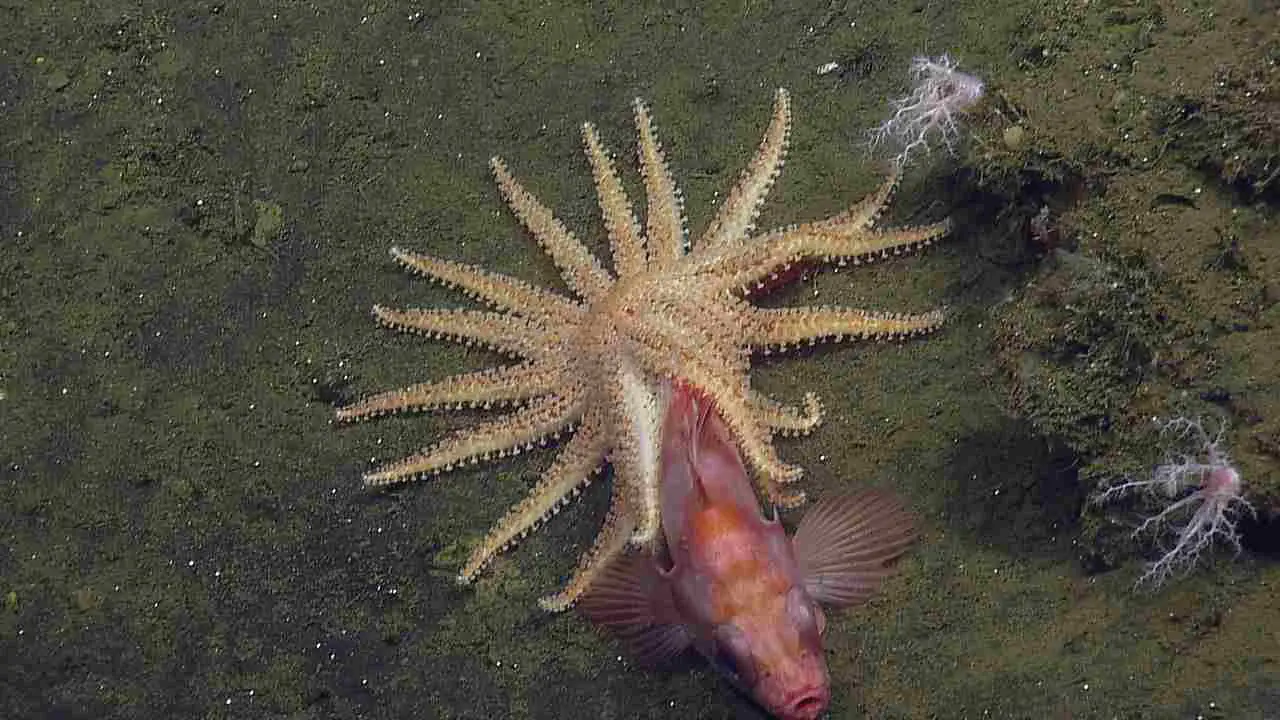
Conclusion
* Sea stars have a diverse diet, feeding on a variety of prey including mussels, oysters, clams, marine snails, marine worms, sand dollars, corals, sea anemones, and even other sea stars. They are opportunistic feeders, taking advantage of available food sources in different habitats and environments.
* Sea stars have developed unique strategies to catch and consume their prey. They use their tube feet to slowly approach their prey, surprising them with their slow and steady movement. Once in close proximity, sea stars wrap their arms around the prey, immobilizing it and preventing its escape. They then extend their stomachs into the body of the prey, releasing digestive enzymes to break down the tissues and absorb the nutrients.
* Bottom-dwelling fish, such as rockfish, are also part of the sea star’s diet. Despite the fish’s ability to swim away quickly, sea stars are successful in catching and feeding on them. They use their tube feet to approach the fish stealthily, immobilize it with their arms, and consume it by extending their stomachs.
* Sea stars have a remarkable ability to adapt to different food sources and environments, ensuring their survival and success as predators in the ocean.
FAQs
1). What System Helps Starfish Catch Food?
The system that helps starfish catch food is their unique water vascular system. This system consists of a network of canals and tube feet that extend from the starfish’s central body. The tube feet are equipped with suction cups that allow the starfish to grip onto its prey.
When a starfish detects potential food, it extends its tube feet towards the prey and uses its suction cups to secure a grip. The starfish then uses its tube feet to pry open the prey’s shell or grasp onto its body. Once the prey is captured, the starfish brings it towards its mouth located on the underside of its body.
The water vascular system also plays a role in the starfish’s movement. By controlling the flow of water through the canals, the starfish can extend and retract its tube feet, allowing it to crawl and navigate its environment in search of food.
2). How do Starfish Find Their Prey?
Starfish have a remarkable ability to locate their prey in the vast ocean. They rely on a combination of sensory adaptations and instinctual behaviors to find their next meal. One key sensory adaptation is their eyespot, a small structure located at the tip of each arm. While starfish cannot see in the same way humans do, the eyespot allows them to detect changes in light and dark, helping them navigate their surroundings.
In addition to their eyespot, starfish also have a keen sense of smell. They possess specialized cells called chemoreceptors that can detect chemical signals in the water. These signals can indicate the presence of potential prey, such as the scent of a mussel or the trail left by a passing marine worm.
Once a starfish detects the scent or visual cue of its prey, it uses its tube feet to slowly crawl towards the source. The tube feet are highly sensitive to touch and can help the starfish navigate complex surfaces and locate hidden prey.
3). How do Starfish Move and Feed?
Starfish have fascinating ways of both moving and feeding. When it comes to movement, starfish use their tube feet to slowly crawl along the ocean floor. These tube feet are equipped with suction cups that allow them to grip onto surfaces and propel themselves forward. This method of movement is not only efficient but also helps starfish navigate complex terrains and locate their prey.
In terms of feeding, starfish have a unique feeding mechanism called evisceration. When a starfish encounters a prey item, it extends its stomach out of its body and wraps it around the prey. The stomach then secretes digestive enzymes, breaking down the prey’s tissues into a liquid form that can be absorbed by the starfish. This allows starfish to feed on a wide variety of prey, including mussels, oysters, clams, marine worms, and even other starfish.
Overall, starfish have developed remarkable adaptations for both movement and feeding, enabling them to thrive in their ocean habitats.
4). How Do Most Starfish Get Their Food in the Ocean?
Starfish have a variety of methods for obtaining food in the ocean. One common way is by using their tube feet to slowly crawl along the ocean floor in search of prey. These tube feet are equipped with suction cups that allow the starfish to grip onto surfaces and move with precision. By using this method, starfish can navigate through complex terrains and locate their food sources effectively.
Another method that starfish use to obtain food is by extending their stomachs out of their bodies and wrapping them around their prey. This unique feeding mechanism, known as evisceration, allows starfish to feed on a wide range of prey items. Once the stomach is wrapped around the prey, it secretes digestive enzymes that break down the prey’s tissues into a liquid form. The starfish then absorbs the liquid nutrients, providing them with the necessary sustenance.
In addition to these methods, starfish also have the ability to feed on suspended particles in the water. They can use their tube feet to create currents that bring food particles towards their mouths. This allows them to capture and consume small organisms, such as plankton, that are present in the water column.
5). What do Starfish Eat in a Tank?
In a tank, starfish can be fed a variety of foods to meet their dietary needs. One common option is to provide them with frozen or live seafood, such as shrimp or mussels. These can be easily obtained from pet stores or seafood markets. Another option is to offer them small pieces of fish or squid, which can be cut into bite-sized portions.
Additionally, some aquariums feed their starfish with specialized starfish food pellets that are formulated to provide the necessary nutrients. It’s important to research the specific dietary requirements of the starfish species you have in your tank to ensure they are receiving a balanced diet. Providing a varied diet will help keep your starfish healthy and thriving in a tank environment.
6). What do Baby Starfish Eat?
Baby starfish, also known as larvae, have different dietary needs compared to adult starfish. They primarily feed on plankton, which consists of tiny organisms floating in the water. Plankton can include small crustaceans, fish larvae, and other microscopic organisms. The larvae have specialized structures called cilia that help them capture and consume plankton.
As they grow and develop, baby starfish gradually transition to a diet similar to adult starfish, which includes a variety of prey such as mussels, clams, and marine worms. Providing a suitable environment with an abundance of plankton is crucial for the successful rearing of baby starfish in captivity.
7). Do Starfish Eat Fish?
Starfish are primarily known for their diet of mollusks, crustaceans, and other invertebrates. However, it is not common for starfish to eat fish. While some species of starfish have been observed consuming small fish, it is not a regular part of their diet.
The feeding habits of starfish are largely influenced by their anatomy and feeding mechanisms. Starfish have a unique feeding structure called a cardiac stomach, which they can evert and insert into the shells of their prey. This allows them to digest their food externally before retracting their stomach back into their body.
The majority of starfish species have adaptations that are specifically designed for feeding on immobile or slow-moving prey, such as mussels, clams, and marine worms. Their tube feet and specialized mouthparts help them pry open shells and extract the soft tissues inside.
While starfish may occasionally encounter small fish in their environment, they are not well-equipped to actively hunt or capture them. Their feeding strategies are more suited to consuming stationary or sedentary organisms that they can easily access and extract from their protective shells.
8). Where Do Starfish Live?
Starfish are primarily benthic creatures, meaning they live on the ocean floor. They can be found in various marine habitats, including rocky shores, coral reefs, seagrass beds, and sandy or muddy bottoms.
One common misconception is that starfish only live in tropical waters. While many species do inhabit tropical regions, starfish can also be found in temperate and even polar waters. They have adapted to survive in a wide range of temperatures and salinities, allowing them to thrive in diverse environments around the world.
Starfish are well-suited to their benthic lifestyle. Their tube feet and spines help them navigate and anchor themselves to the substrate, while their ability to regenerate lost limbs enables them to withstand the challenges of their habitat. Whether in shallow coastal waters or deep-sea trenches, starfish have successfully colonized various niches within the marine ecosystem.
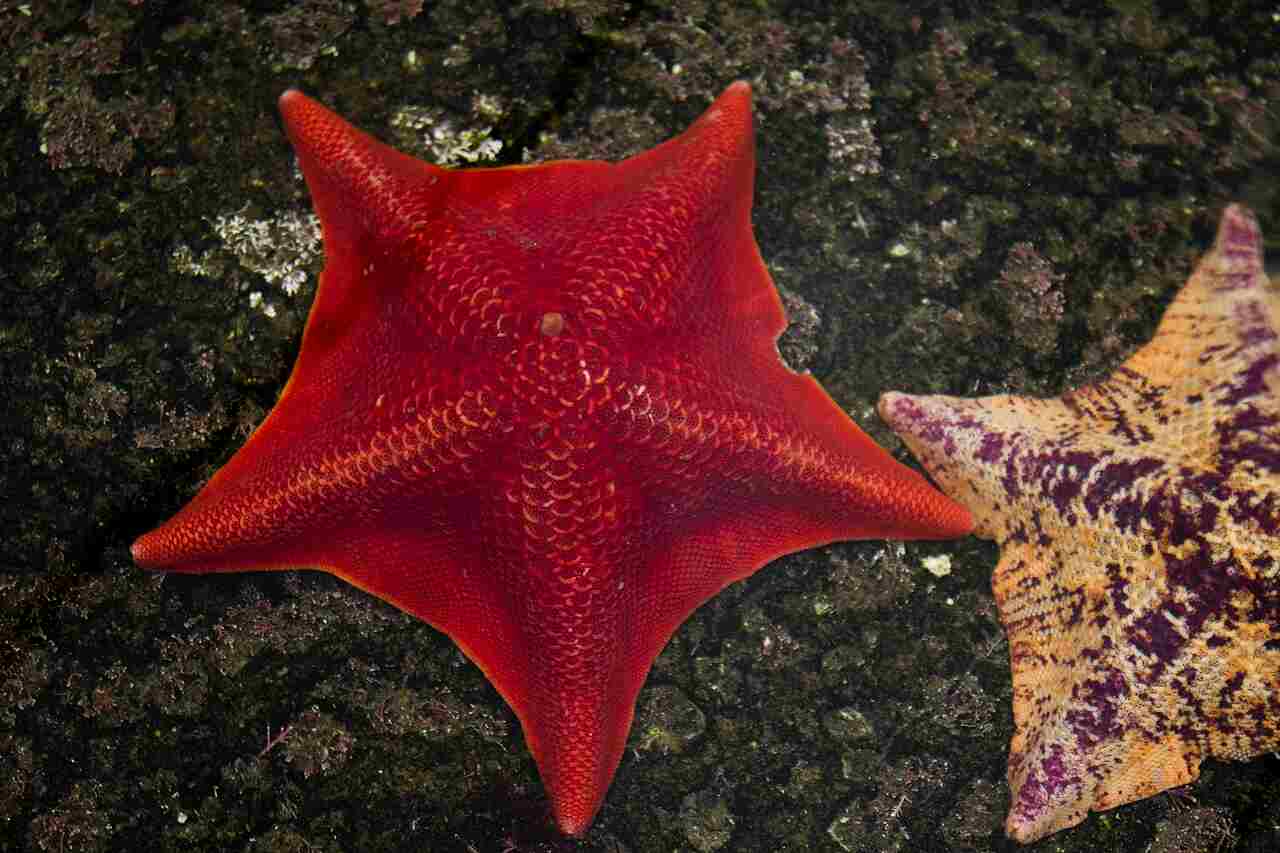
9). Which Echinoderm is Grouped With a Sea Urchin?
The echinoderm that is grouped with a sea urchin is the sea cucumber. Sea cucumbers belong to the same phylum as sea urchins, known as Echinodermata. They share similar characteristics, such as a radial symmetry and a water vascular system. However, sea cucumbers have a distinct elongated body shape and lack the spines that are characteristic of sea urchins.
Sea cucumbers are bottom-dwelling creatures that can be found in various marine habitats, from shallow coastal waters to the deep sea. They play an important role in marine ecosystems, as they help to recycle organic matter and contribute to nutrient cycling. Sea cucumbers are also valued in some cultures for their culinary and medicinal properties.
10). Do Starfish Eat Algae?
Starfish are known for their diverse diet, but do they eat algae? The answer is yes, some species of starfish do consume algae as part of their diet. Algae can be a valuable food source for starfish, providing them with essential nutrients and energy.
Algae are a type of plant-like organism that can be found in various aquatic environments, including oceans, lakes, and rivers. They come in different forms, such as seaweed, kelp, and microscopic phytoplankton. Some species of starfish have specialized feeding structures, such as tube feet or specialized mouthparts, that allow them to scrape or graze on algae.
The consumption of algae by starfish can have important ecological implications. Algae play a crucial role in marine ecosystems, as they are primary producers that convert sunlight into energy through photosynthesis. By feeding on algae, starfish help to control their population and maintain a balance in the ecosystem.
However, it’s important to note that not all starfish species eat algae. Some species have different dietary preferences, such as feeding on mollusks, crustaceans, or even other starfish. The specific diet of a starfish can vary depending on its habitat, size, and availability of food sources.
